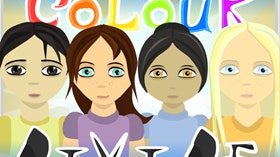Homepage
•
Learning Library
•
Blog
•
How a 'wildly stupid creative decision' turned this teen into an animator
Expand breadcrumbs
Expand breadcrumbs
- Learning Library
- Blog
- How a 'wildly stupid creative decision' turned this teen into an animator
- Homepage
- •
- Learning Library
- •
- Blog
- •
- How a 'wildly stupid creative decision' turned this teen into an animator
How a 'wildly stupid creative decision' turned this teen into an animator
By Taryn Basel
December 11, 2018








